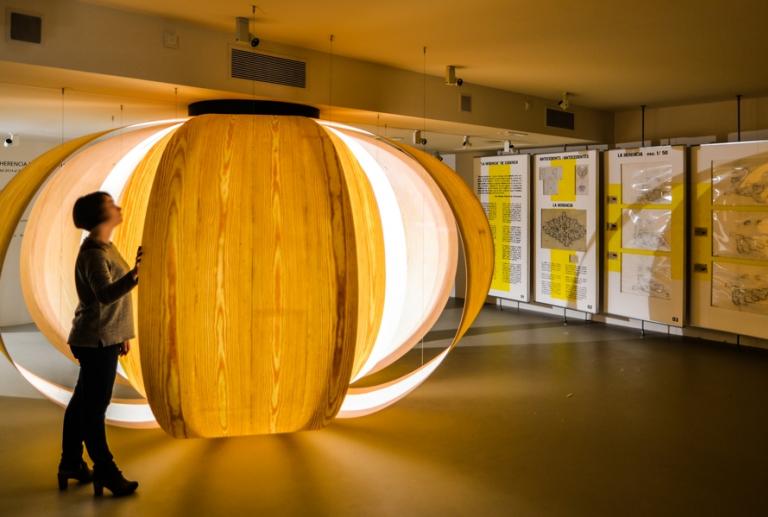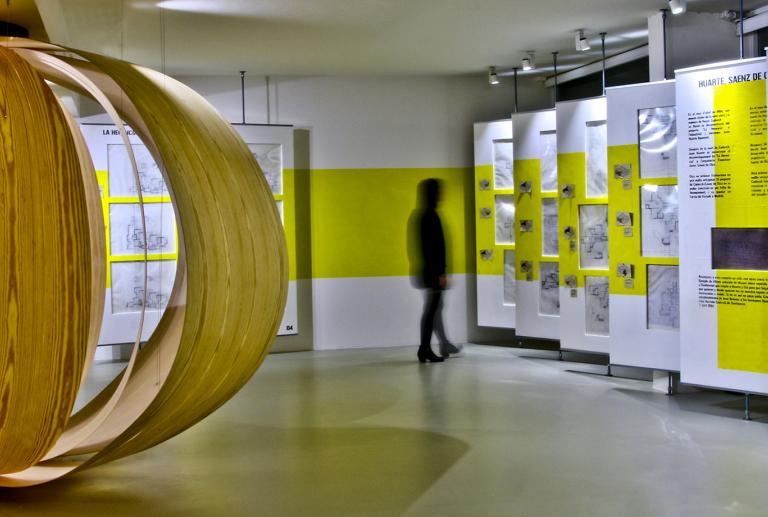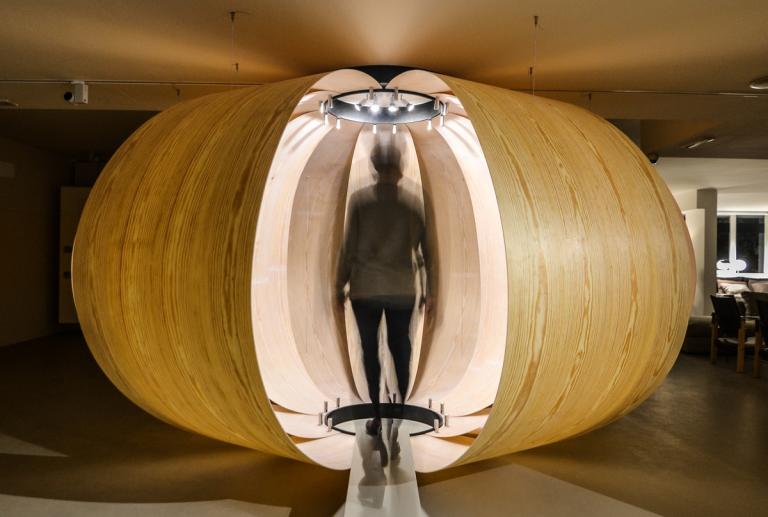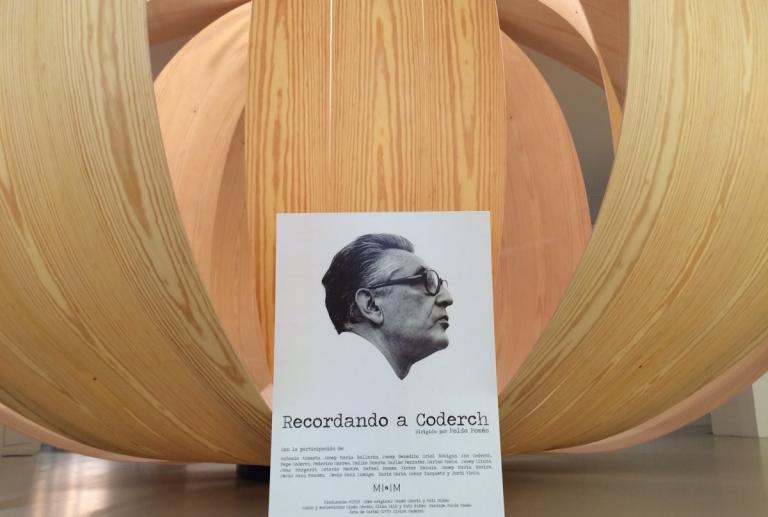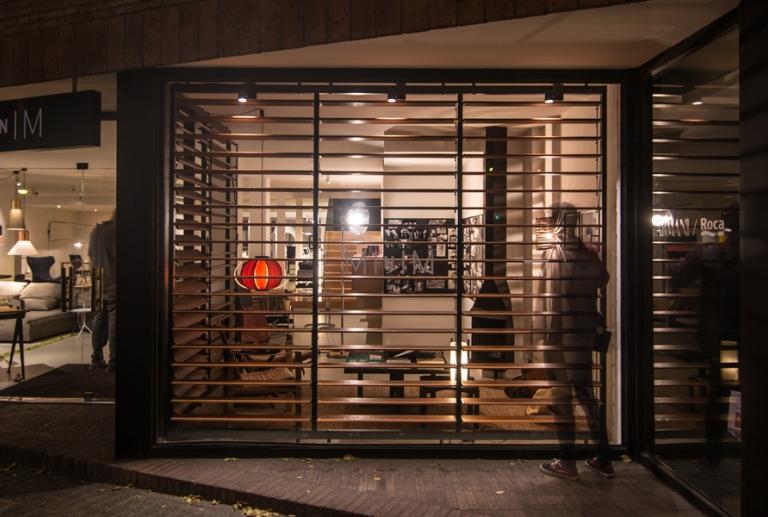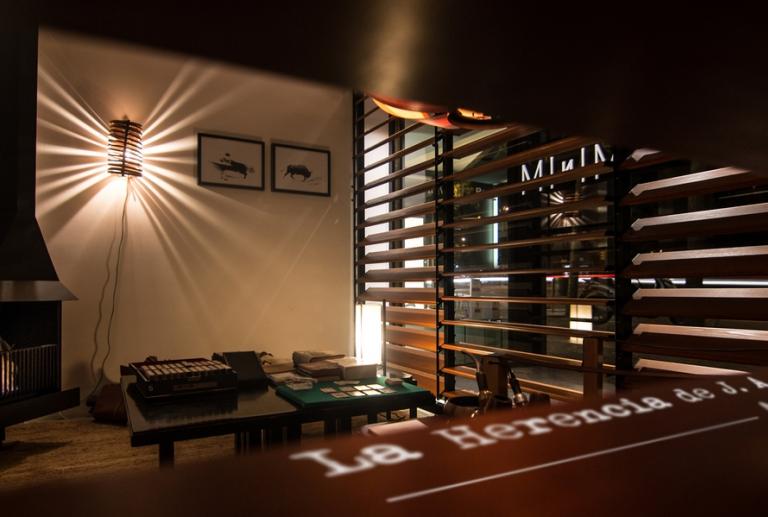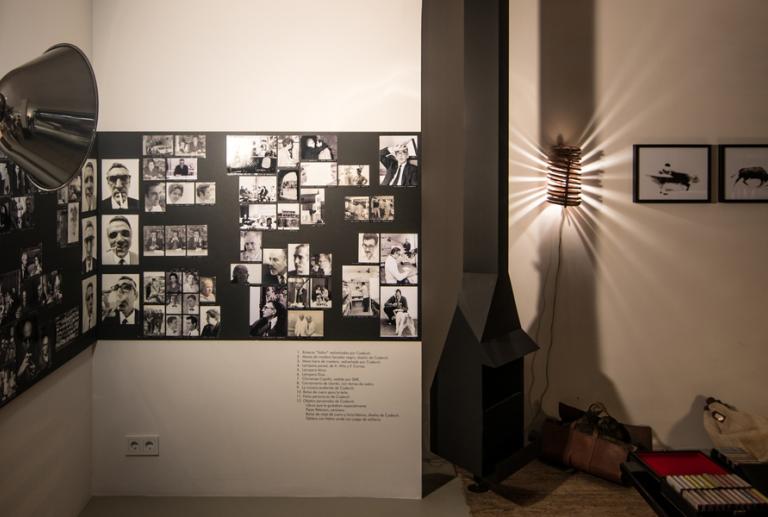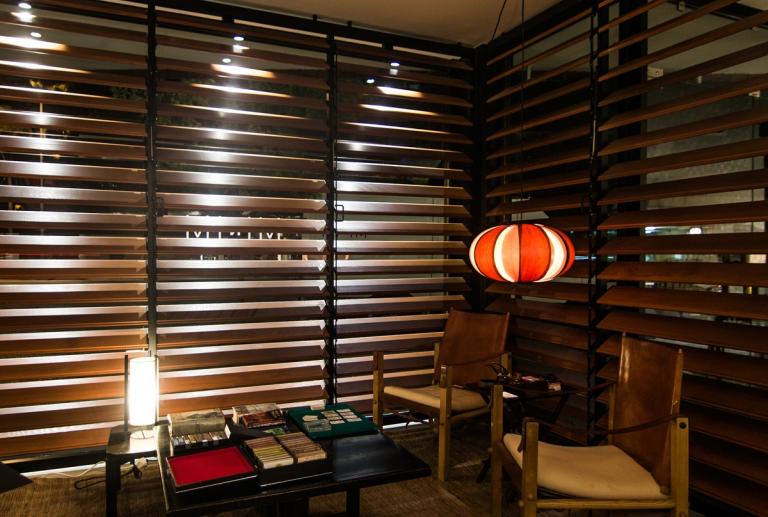Exhibition "The Legacy of Coderch" / Barcelona
Exhibition in homage to José Antonio Coderch on the occasion of the 101st anniversary of his birth. The tribute included a documentary and a book about the architect.
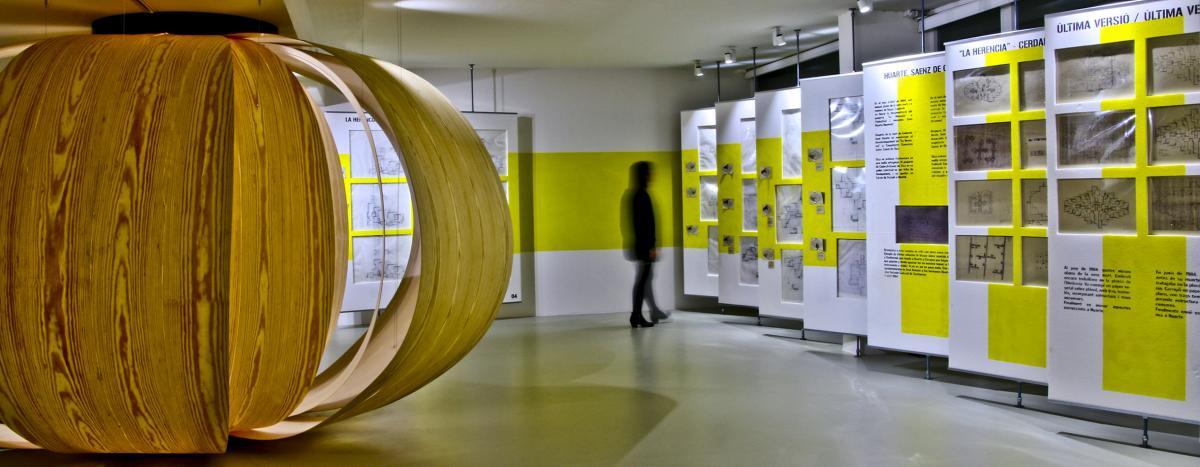
The exhibition held in 2014 was the result of research carried out by vilablanch studio, under the direction of Elina Vila, founding partner of the studio. The research on the life and work of the architect José Antonio Coderch lasted almost two years and culminated in the recovery of "The Legacy," an unpublished project to which Coderch dedicated much of his time in the last years of his life, and which he considered his legacy as an architect. For the first time, his exhibition documents the recovery of a previously lost project. Revolutionary and still entirely relevant today, "The Legacy" proposes flexible and adaptable housing to the changing needs of its inhabitants.
In addition to the exhibition, the tribute included the recreation of a typical Coderch interior with personal items loaned by the family, the large-scale reproduction of the Disa lamp, and the documentary "Remembering Coderch," directed by Poldo Pomés, which offered a collective portrait of the architect.
The furniture store MINIM Barcelona, located in the Monitor building by Coderch, became the exhibition space that hosted the exhibition "The Legacy of Coderch" from November 2014 to March 2015.
The challenge of the staging was to present technical and complex content in an attractive way, both for professionals and the general public, creating exhibition elements inspired by the architect's own work. Additionally, a poetic recreation of two objects that always obsessed Coderch was desired: the shutter that isolates, communicates, ventilates, and diffuses light, and the lamp that illuminates and creates a sense of home. The exhibition included the following elements.
Exhibition of Coderch's unpublished project, known as "The Legacy"This project was considered by Coderch his legacy as an architect: it is an ideal floor system in which each home can grow or shrink over time following the evolution of the family that inhabits it, through the exchange of rooms with the adjoining dwelling, both vertically and horizontally. Throughout his career, Coderch showed great interest in the development of the floor plan. Departing from formalist architectures that seek to leave their mark through facades, he worked obsessively on perfecting the floor plan as the stage of men's lives.
Coderch was concerned with the relationship between exterior and interior, light control, noise, safety, and ventilation. The development of the Llambí shutters allowed him to control these elements and create the characteristic intermediate spaces of his work. This shutter served as inspiration for designing the vertical panels of the exhibition that explain the "Legacy" project, which overlap and rotate on a central axis. The spirit of the proposal was to carry out museography with simple and low-cost resources, as the focus was on the content and not the materials used to display it.
A typical Coderch interior in the store's shop window
A space was created that included personal items loaned by the family and a recreation of Coderch's hobbies and "rituals": photography, music, books, tobacco, letters, whisky... The Capilla fireplace, the original Safari chairs from his house in Espolla and the wooden scissor table, both redesigned by Coderch, the Junco wall lamp by Alfonso Milá and Federico Correa, the Moor lamp, and the Disa lamp were among his personal items. All this space was bounded by the Llambí shutters, also designed by the architect.
The large-scale recreation of the DISA lamp
A poetic homage to his most iconic design. The architect was an tireless worker, always unsatisfied. In his search for the ideal, he patented the lamp several times and tried to perfect it, to the point of wanting to do without the central structure that connects the upper and lower rings, where the slats are inserted. The exhibition included the reproduction of the lamp on a giant scale and supported by floor and ceiling, dispensing with the central structure. Thus, the lamp, in its new scale, becomes a space.
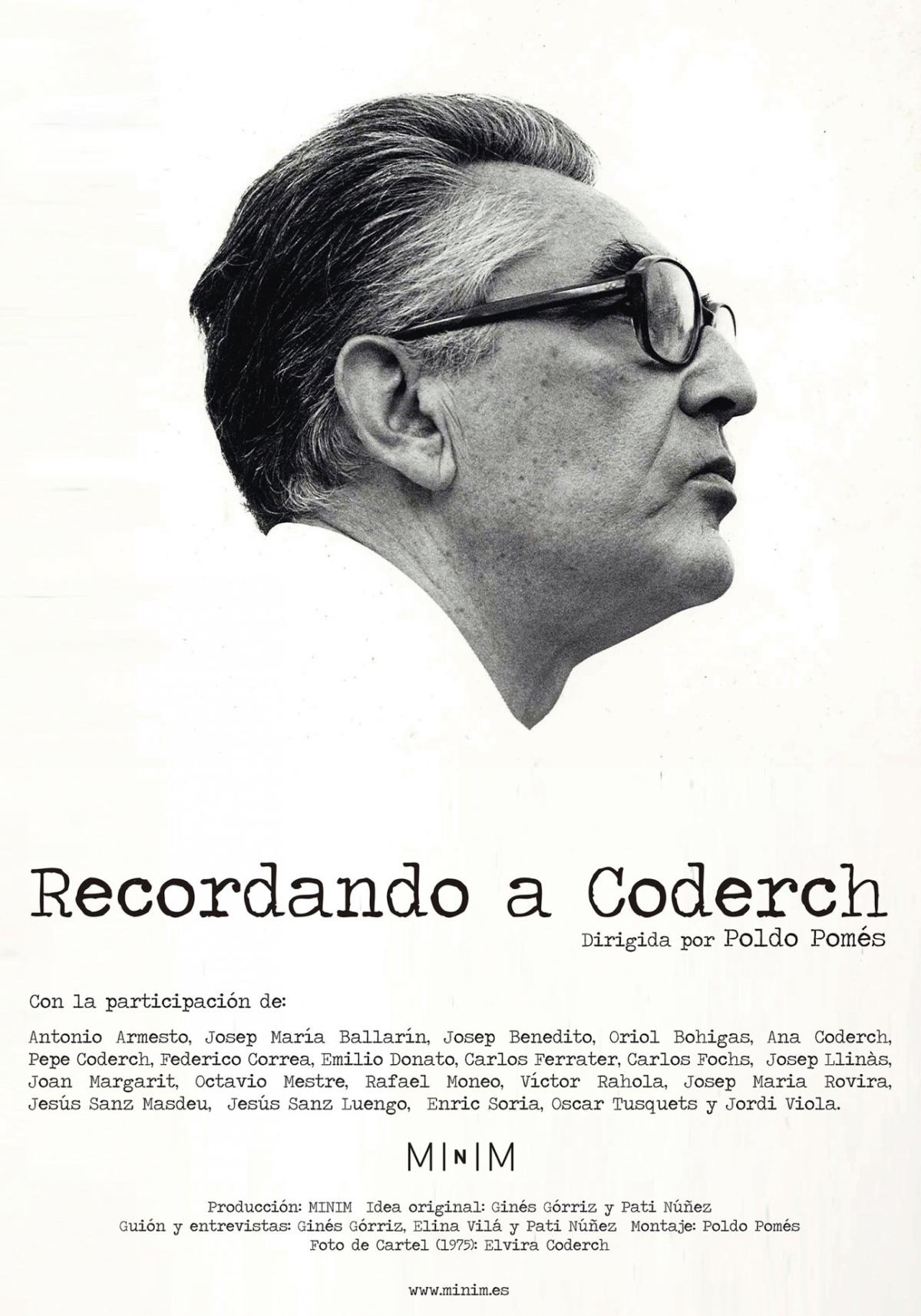
The documentary and the book
"Remembering Coderch" is a documentary directed by Poldo Pomes that offers a collective portrait of Jose Antonio Coderch as an architect and as a person, through the testimony of those who knew him. Among them, prominent figures such as Josep Maria Ballarín, Oriol Bohigas, Federico Correa, Carlos Ferrater, Joan Margarit, Miguel Mila, Rafael Moneo, Oscar Tusquets, and Jordi Viola. The film portrays the brilliant architect with all his contradictions, a man obsessed with perfection and work, and with a very humble approach to the profession. His values, his will, his user orientation, and his restless spirit, reflected in the film, are elements that explain his professional trajectory.
In 2017, the book was published which gathers the interviews conducted by Ginés Gorriz (CEO of the MINIM Group) and journalist Pati Núñez for the documentary "Remembering Coderch." A total of 240 pages that collect conversations with key figures from the world of politics, culture, and architecture of the sixties and seventies, as well as a dossier on his last project, the unpublished "La Herencia" (The Legacy). This dossier stems from research carried out by vilablanch studio under the leadership of Elina Vila, architect and curator of the exhibition "The Legacy of Coderch."



